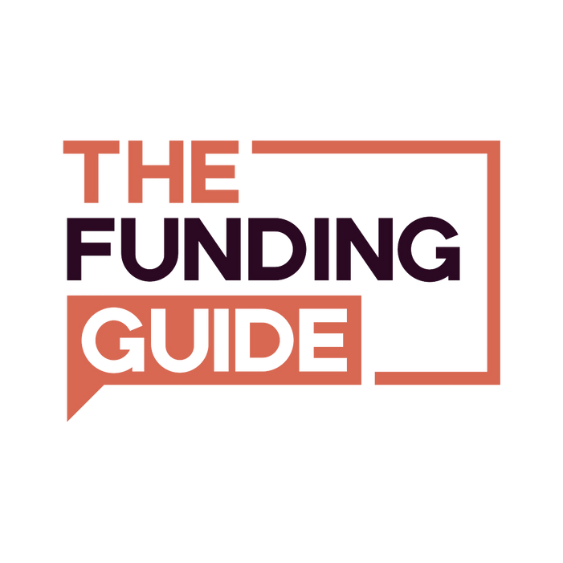The VC investment process has a pretty well entrenched set of milestones that most institutional investors go through before investing in any business. Understanding the VC investment process and venture capital funding is crucial. The process is set up in a way to minimize time and effort on investments that won’t work, so that investors abandon research on a project once they’ve discovered a risk too great, or an issue that makes it incompatible with their mandate. Having a compelling business idea and a strong management team is essential to attract venture capital funding.
In my experience, every big deal I’ve done has taken either a full year, or the best part of it. Some VCs work faster, but for safety's sake it's best to make sure you have at least 12 months of runway before embarking on any capital raise.
It can be extremely time consuming and very difficult to maintain focus on your business while a capital raising deal is happening. You need to find a way to keep running your business while you do it, and also stay focused on maintaining the momentum of a deal.
In my experience, the CEO should be ring fenced to deal with the capital raise almost exclusively, while another founder (or senior management) should be empowered to run operations while it’s happening. Having a strong management team is crucial to maintain business operations during the capital raising process. I have found it very hard to do both throughout my career (and not crumble into a ball of stressed mush).
Here is the 10 step process for VC capital raises:
-
Broad Canvassing of Investors with a 2 Page Teaser: We provide comprehensive lists of investors at the Funding Guide, and we recommend you identify 20-30 investors that have a matching mandate and send them a investment teaser. That’s the equivalent of putting heaps of lines in the water and hoping you snag a few. Ideally, you might get 4 pitch meetings. Attracting potential investors through accelerator programs and industry events can also be beneficial.
-
First 30 minute Pitch Meeting: Investors see hundreds or thousands of presentations a year, so they usually only make a very short time to chat with you in the first instance. Prepare your 12-15 slide pitch deck and hit them with the best and brightest elements of your business. The purpose of a Pitch Meeting is to get their attention, have them qualify you as fitting their investment mandate, and make them want to take the process deeper with you. Presenting a scalable business model that aligns with market opportunities is crucial.
-
Entering into a mutual NDA: A mutual non-disclosure agreement is an agreement where you both don’t disclose anything about the deal, discussions or materials exchanged in the deal with anyone externally until the deal is over. Investors will usually only agree to signing these after the first pitch meeting (because the admin of signing all those agreements for hundreds of presentations a year would be onerous). Other venture capital firms often play a role in follow-on funding rounds.
-
Request for a full Investment Memorandum: You will need to provide more than just a small pitch deck as you deepen in the process. Review our full investor IM templates. Preparing a thorough investment proposal for the board of directors is essential.
-
Further investment meetings: Expect multiple meetings to discuss materials in the pitch deck and subsequent IM. No doubt investors will want to talk about specific issues or metrics in your business, or maybe continue to have general conversations where you’ll be answering a laundry list of questions created by their investment team. If it’s a strategic investment, you might need to prepare synergy materials or other growth plans and think through elements of any proposed strategic implementation. Discussing the initial investment and its significance as a foundational step is important.
-
Information Requests: There might be information requested prior to the term sheet. These information requests should be much lighter and easier to provide than the materials requested in due diligence. You need to be really careful here so you don’t end up providing an onerous or ‘dangerous’ level of information prior to a term sheet, that might compromise your IP or unique selling proposition. There is a real delicate balance here where you can push back and offer the more comprehensive or sensitive information post term-sheet (without coming across as difficult). Preparation can speed up the diligence process.
-
Term Sheet: A term sheet is created after the venture investment team is sufficiently convinced that you are a great business, and you match their investment mandate. A term sheet explains the high level commercial elements of an investment. It is used to get agreement on the main commercial points before everyone spends a lot of money on lawyers. There can be several weeks spent on refining the term sheet and agreeing on the key points. Our recommendation is that you review and consider every point carefully. The commercial points on the term sheet are contingent on the successful completion of Due Diligence and you cannot argue with them (easily) after the signing of the term sheet.
-
Due Diligence: Due diligence is an extended process of the investors verifying all the information you presented them in the pitch meetings and subsequent meetings. They are looking for things wrong with your business, areas of risk, incorrect information, legal exposures or other issues. If they find anything (that is not a red flag to the extent it would end the investment), then they will write it into the warranties of the transaction documents (which can be scary stuff).
-
Transaction Documents: The transaction documents phase can be the most protracted of an investment deal. This involves the fine detail of the investment deal and redrafts of the shareholders agreement, subscription documents (including warranties which are the scariest bit), other documents required to gain existing shareholder approval, secondary documents such as employment contracts or options agreements, commercial agreements and any other legal documents required to confirm the transaction. Get a good lawyer and read the fine print.
-
Deal Close: Eventually you will agree on everything, the lawyers will stand back and you will close the deal. You will sign everything, they will sign everything, you will lodge the documentation with ASIC and a big lump of money will land in your bank account. That’s when it’s time to party. But don’t party for too long, you just promised your investors growth, so it’s actually time to put the nose to the grindstone.
The interconnected nature of venture capitalists, venture capital funds, and venture capital firms is essential in supporting the growth and eventual exit of a start-up. These entities work together to provide not just financial backing, but also strategic guidance, mentorship, and resources that drive innovation and growth. This collaboration is vital for the success of start-ups in the competitive market.
Here is a complete list of venture capital funds in Australia. Happy hunting!


















